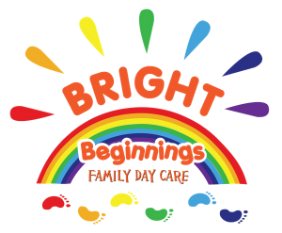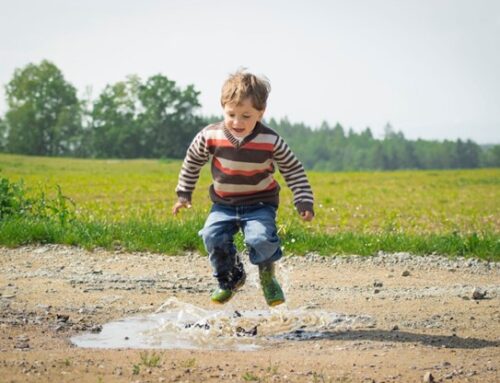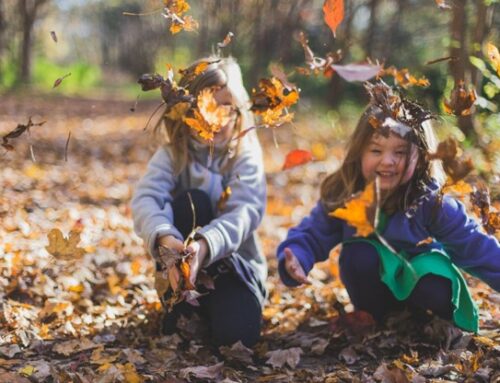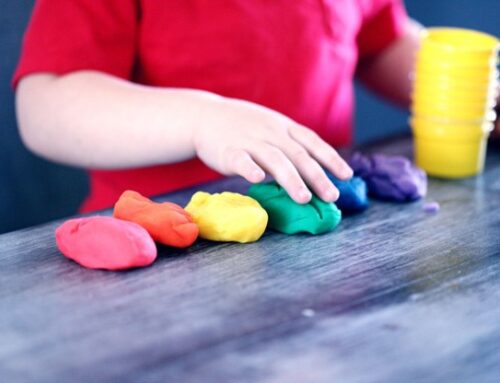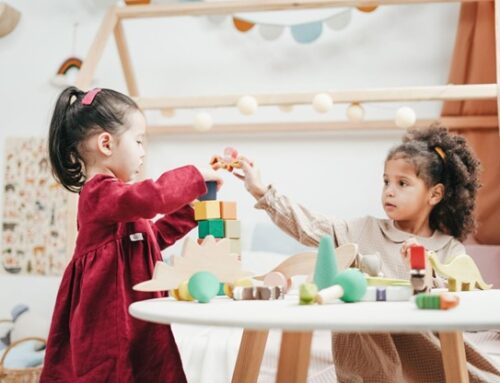The early years birth to eight years is the most important years of each child. The early years of child development are the essential years of the child as these years are the foundation of a child’s personality. It provides a strong base for lifelong learning and abilities.
In the early years of child development and growth, child care is very important because of children’s learning and lifelong skills development based on these years.
The early learning of children is based on play. According to Jean Piaget play meets the PILES of children, Physical, Intellectual, Language, Emotional, and Social needs of children.
The experiences that a child make in his early years are more likely to make a child successful in later life. The children who have early childhood learning under-qualified educators in childcare lays the foundation for a happy and successful future.
In the early years of child development, children learn new things in several ways. The important ways of child learning during these years are as under.
- Visual Learning
In visual learning, children learn through videos, images, and models. Children use their visual abilities to understand the world or environment around them. Children during this learning are asked to view deep videos, images, etc, and then through imagination draw related things on paper or board. Children enjoy activities during visual learning.
- Aural Learning
Older babies respond to the voices they listened to around them. This is their aural learning that they learn things or the environment around them through voices. The very first response that an infant make is the result of the sounds he or she hears.
The younger children respond to their adults after listening to them. In aural learning, teachers, parents, caregivers, or educators play any sound or music or tell a story to the children through which their listening skills are enhanced.
- Logical learning
Logical learning can be defined as learning through reasoning or thinking. Children at an early age think of the reasons for things around them and make their connections. Children during this learning learn through trial and error strategy. They learn new things by doing them again and again.
The instructor or educator helps the children to enhance their problem-solving abilities. They make children able to think of the problem and solve it by using different strategies. Children learn this skill through daily interaction with their caregivers, instructor, or parents.
- Verbal Learning
In verbal learning, children make sense of words and cues. Children get verbal learning under both instruction and writing. Through it, children get excel with both listening and writing. Children also learned lesson material through words. It includes all that they read or what they listen to.
Through verbal learning, children liked to read and write. They also love to explore new words and enhance their vocabulary. This learning makes children able to express their feelings and thoughts through writing and spoken words.
- Physical/Kinesthetic Learning
In kinesthetic learning, children learn best through engaging their bodies. In simple words, the learning children learned through any physical activity. In kinesthetic activities, children are more energetic and tactile. The learning styles for children in kinesthetic learning are touching, moving, and doing. Children love to play and they explore new things through experiments.
- Social Learning
Social behavior affects the child`s personality the most. It is a real fact that children examine their environment silently and follow it. The social learning theory is based on the idea that children learn through observation.
In social learning, children learn through other people’s behavior. The surrounding behavior affected his personality in both positive and negative ways. If a child sees rude behavior or aggressive behavior of elders or caretakers they impose it on their life and become an aggressive child, besides it, if he or sees his or her elders or caretakers as polite and lovely, it definitely is a part of his or her personality.
- Solitary Learning
Usually, children of ages 0-2 years do not want to play with other children. Children love to play alone and they don`t want anybody to play with or disturb them. In this learning, children focused on their games or plays.
In this learning, children learn how to entertain themselves. The strategy of playing alone develops the ability of creativity and imagination in children. It is the beginning of independent learning. It also develops the skills of self-knowing, children know themselves better through their unfolding actions.
So, we come to know that most of the child’s skills and abilities developed in the early years so it is very important to give attention to your child`s nurturing. If parents focused on their children in the early years it leads their life to a bright future.
To get knowledge about child development you can also read our blog “What does Child Development mean?”
